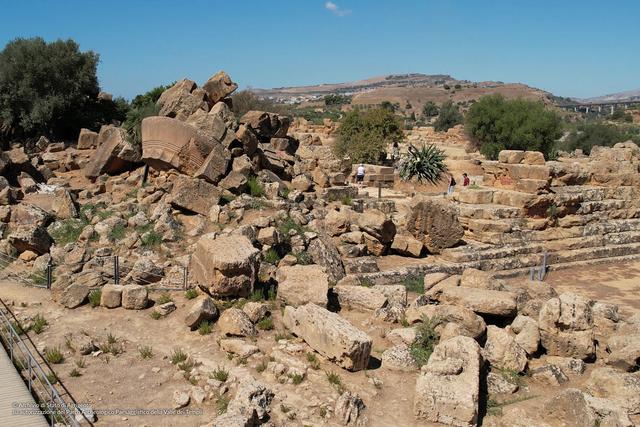Temple of Demeter
Another item that was removed from the Temple of Proserpine and Ceres, known known as the Temple of Demetra was a headless statue of Proserpine that was found by a team of Calabrian labourers while working on the land of a Cavaliere Giambertoni. The workers found the statue in a tomb, laid out like a burial, inlaid with gold and silver, and they shipped it to Nicastro, in Calabria.
Image gallery
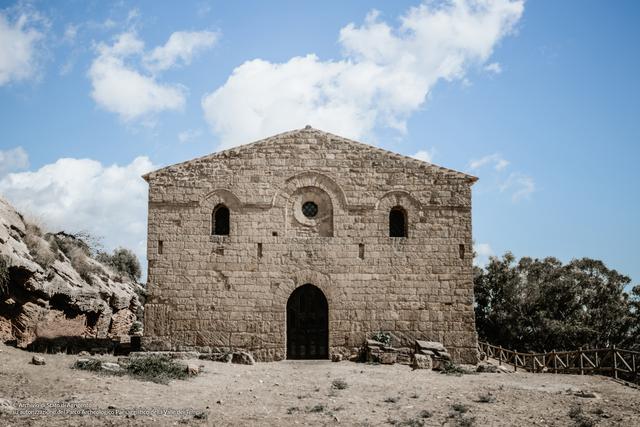
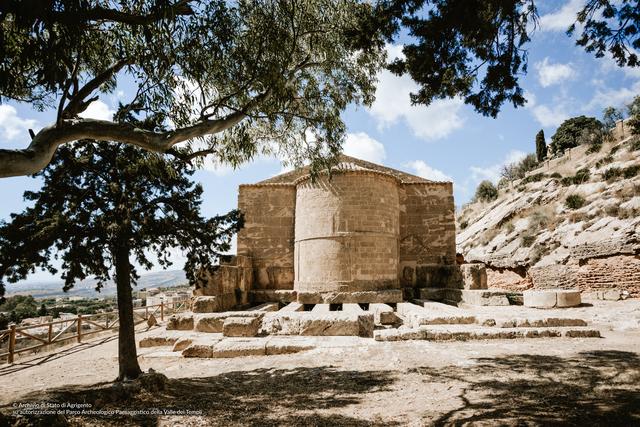
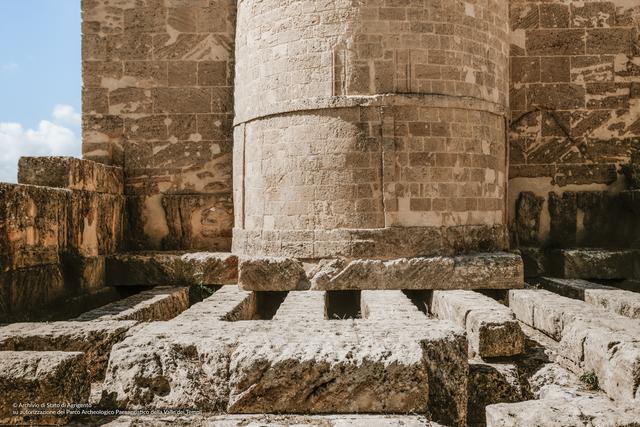
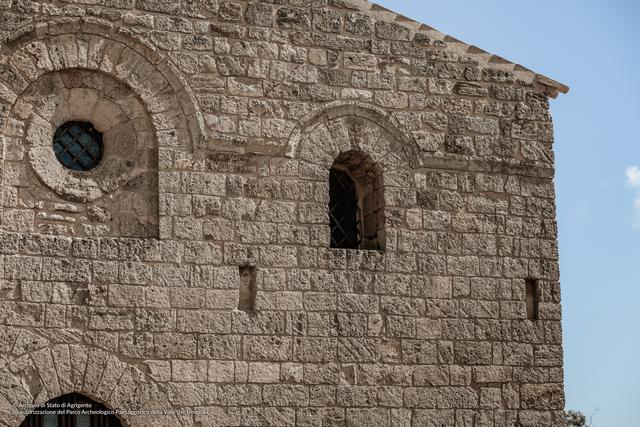
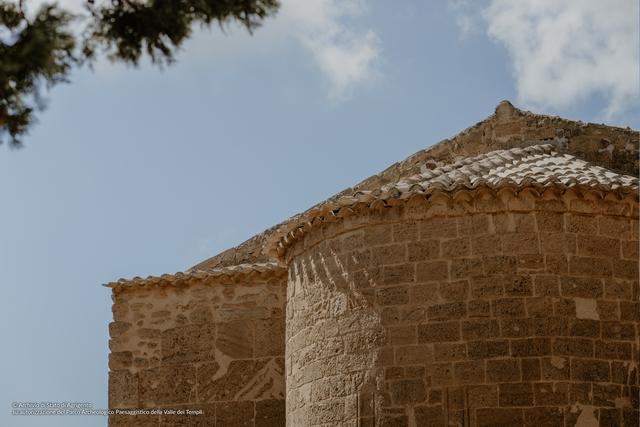
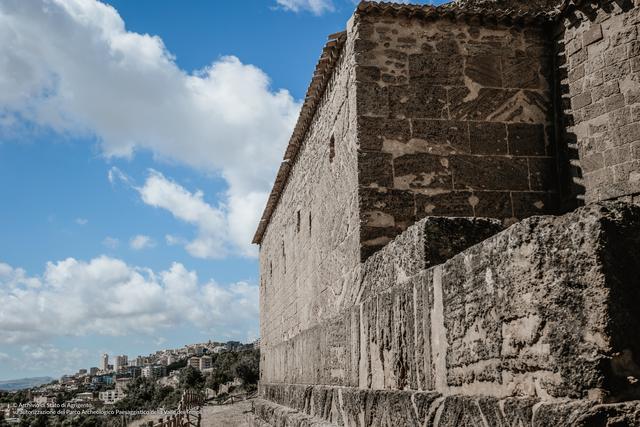
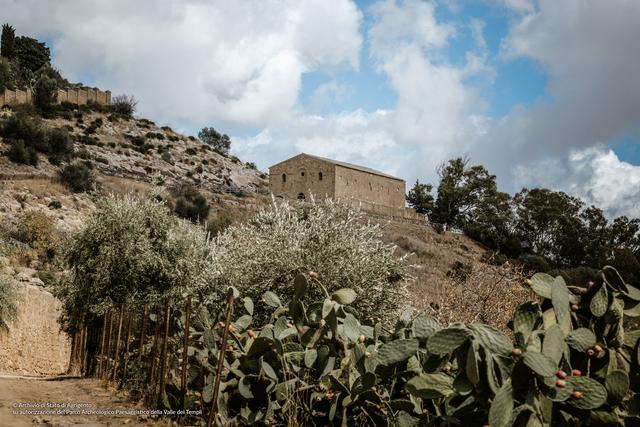
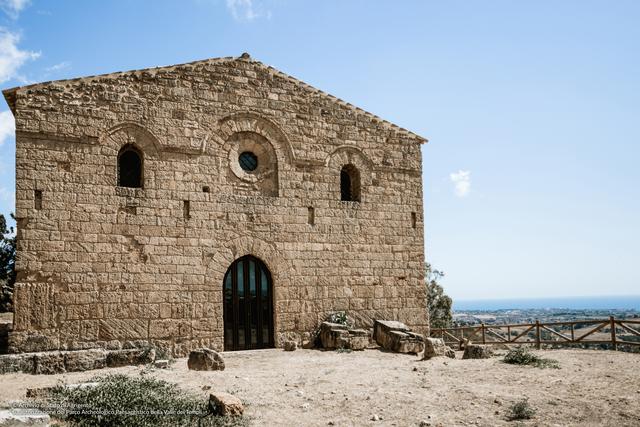
The other points of interest in the same route
-
Pietro Griffo Regional Museum of Archaeology
In 1867 a vase was recovered and delivered to the Municipal Museum of Girgenti.
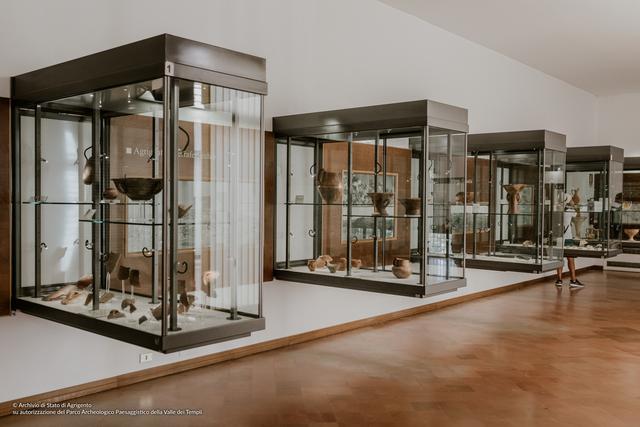
-
Temple of Dioscuri
The Temple of Castor and Pollux, or Temple of Dioscuri, as it is known in Italian, stood in the southern part of a vast complex of sacred areas, known as the Sanctuary of Chthonic Deities.
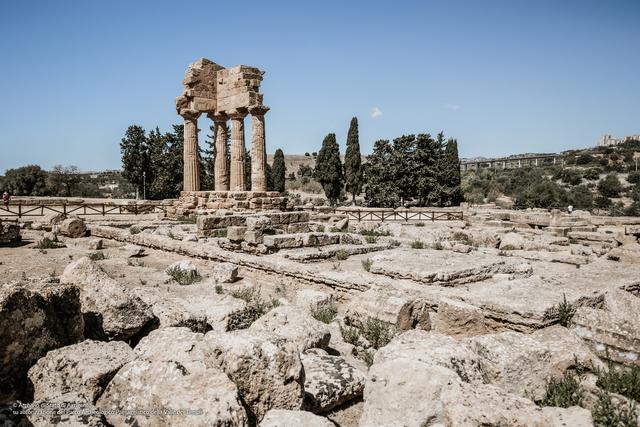
-
Temple of Hercules
In 1834 the Antiquities and Fine Arts Commission of Palermo undertook the first restoration works on the Temple of Hercules, also known as the Temple of Heracles.
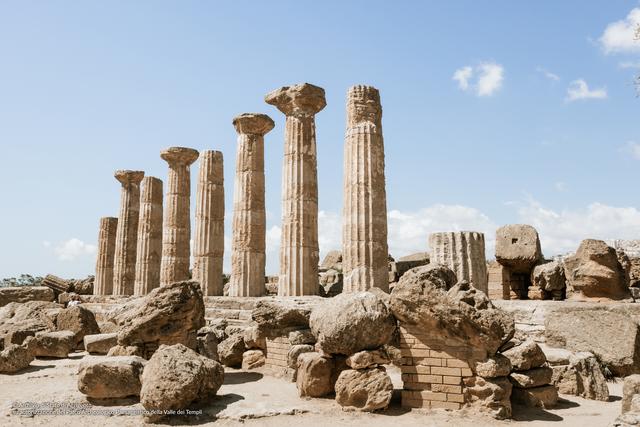
-
Temple of Jupiter
The Temple of Jupiter, or Temple of Zeus, is an important example of the different approaches that have been applied over the years towards Agrigento’s archaeological site.
